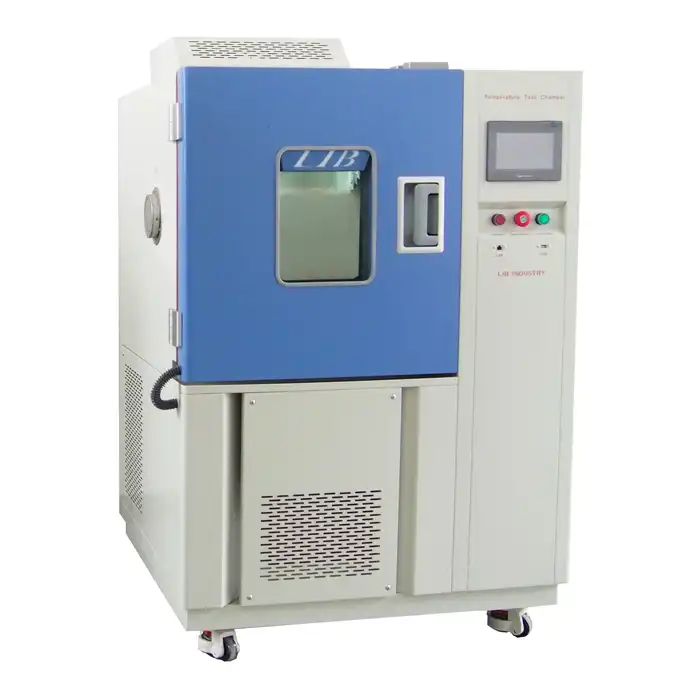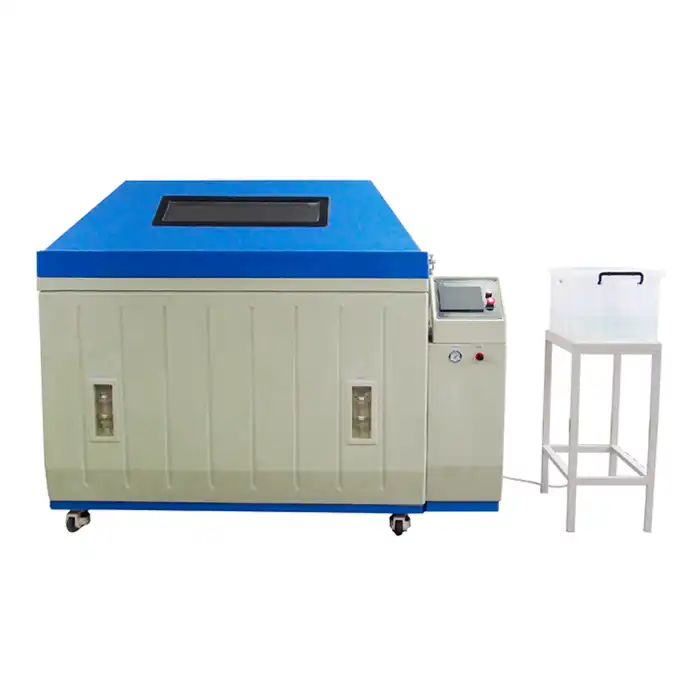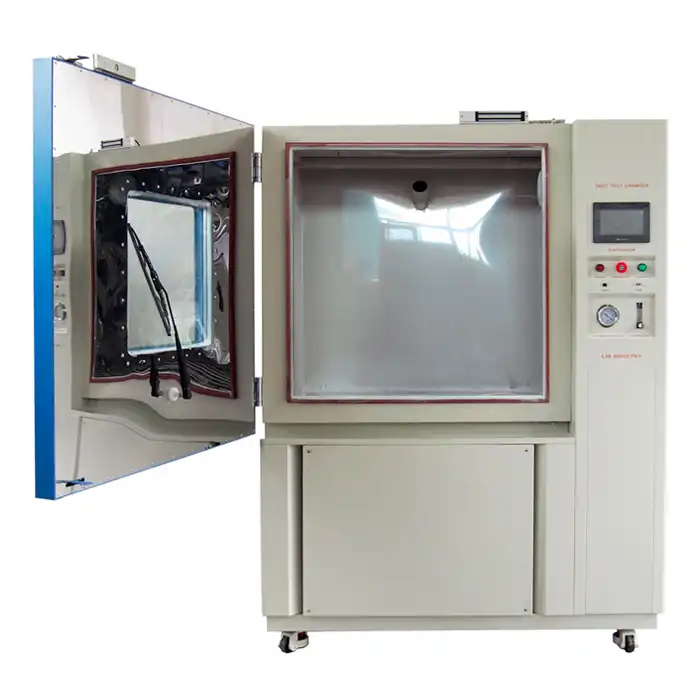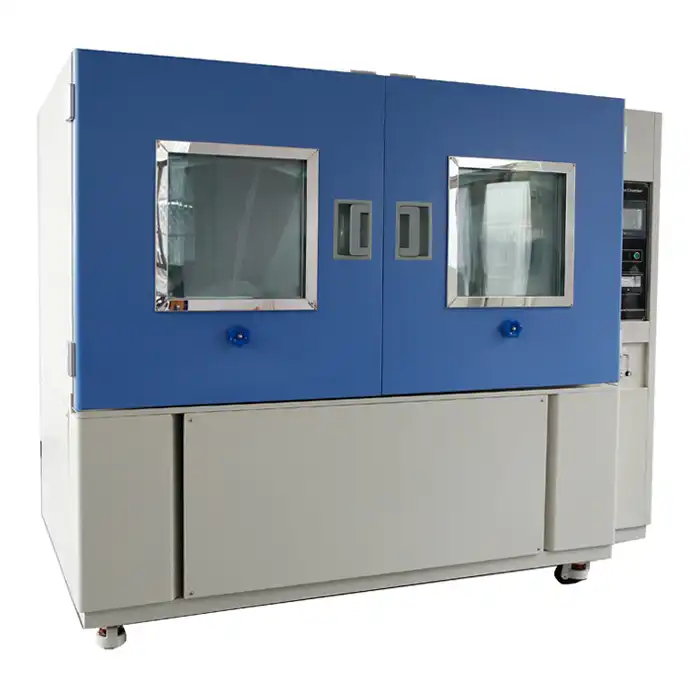What is a small environmental test chamber used for?
Small environmental test chambers are indispensable tools in various industries, serving as miniature ecosystems where products and materials can be subjected to controlled environmental conditions. These compact yet powerful devices play a crucial role in quality assurance, research and development, and regulatory compliance. In this comprehensive guide, we'll explore the multifaceted applications of small environmental test chambers and their significance in today's technologically driven world.

♦Understanding Small Environmental Test Chambers
Definition and Basic Components
A small environmental test chamber is a specialized enclosure designed to simulate various environmental conditions in a controlled setting. These chambers typically consist of a insulated cabinet, a sophisticated climate control system, and advanced sensors for monitoring and adjusting parameters such as temperature, humidity, and pressure. Despite their compact size, these chambers pack a punch when it comes to replicating diverse environmental scenarios.
Advantages of Compact Size
The diminutive stature of small environmental test chambers offers numerous benefits. They require less floor space, making them ideal for laboratories with spatial constraints. Additionally, their reduced volume translates to quicker condition changes and lower energy consumption, enhancing both efficiency and cost-effectiveness. These attributes make small environmental test chambers a versatile and economical choice for many testing applications.
Types of Small Environmental Test Chambers
Small environmental test chambers come in various configurations to cater to different testing needs. Some common types include temperature and humidity chambers, thermal shock chambers, salt spray chambers, and altitude chambers. Each type is tailored to simulate specific environmental conditions, allowing for comprehensive testing across a wide range of scenarios. This diversity ensures that researchers and quality control professionals can find the right chamber for their unique requirements.
♦Applications Across Industries
Electronics and Telecommunications
In the fast-paced world of electronics and telecommunications, small environmental test chambers are invaluable. They're used to evaluate the performance and durability of components under extreme temperatures, humidity levels, and electromagnetic interference. From smartphones to satellite communication equipment, these chambers help ensure that devices can withstand the rigors of real-world use, enhancing product reliability and customer satisfaction.
Automotive and Aerospace
The automotive and aerospace industries rely heavily on small environmental test chambers to validate the performance of components and materials under various environmental stresses. These chambers simulate conditions such as extreme temperatures, altitude changes, and vibrations that vehicles and aircraft encounter during operation. By subjecting parts to these controlled conditions, manufacturers can identify potential failures before they occur in the field, thereby improving safety and reliability.
Pharmaceuticals and Biotechnology
In the pharmaceutical and biotechnology sectors, small environmental test chambers play a critical role in ensuring the stability and efficacy of drugs and biological products. These chambers are used to conduct accelerated aging tests, helping researchers predict the shelf life of medications and vaccines. By exposing products to controlled temperature and humidity conditions, scientists can assess their long-term stability and make informed decisions about packaging and storage requirements.
♦Key Features and Considerations
Temperature and Humidity Control
One of the primary functions of small environmental test chambers is precise temperature and humidity control. Advanced systems can maintain stable conditions within tight tolerances, allowing for accurate and repeatable testing. Some chambers offer rapid temperature change capabilities, enabling thermal shock testing to evaluate a product's resistance to sudden temperature fluctuations. The ability to program complex temperature and humidity profiles is essential for simulating real-world environmental cycles.
Data Logging and Analysis
Modern small environmental test chambers are equipped with sophisticated data logging systems. These systems continuously record environmental parameters, test durations, and other critical data. Advanced software interfaces allow users to visualize test results in real-time, generate comprehensive reports, and analyze trends. This wealth of data enables researchers and quality control professionals to make data-driven decisions and refine their testing protocols for optimal results.
Customization and Scalability
While small environmental test chambers are compact by nature, many manufacturers offer customization options to meet specific testing requirements. This may include specialized fixtures for holding test samples, additional ports for connecting external equipment, or enhanced control systems for more complex testing scenarios. Furthermore, some chambers are designed with modularity in mind, allowing users to expand or reconfigure their testing capabilities as needs evolve. This flexibility ensures that investments in testing equipment remain valuable over time.
♦Conclusion
Small environmental test chambers are powerful tools that play a vital role in ensuring product quality, reliability, and safety across numerous industries. Their ability to simulate a wide range of environmental conditions in a controlled, repeatable manner makes them indispensable in research, development, and quality assurance processes. As technology continues to advance, these compact yet versatile chambers will undoubtedly evolve, offering even greater precision, efficiency, and adaptability to meet the ever-changing demands of modern industries.
♦Contact Us
If you're interested in learning more about how small environmental test chambers can benefit your specific industry or application, we invite you to reach out to our team of experts. Contact us at info@libtestchamber.com to discuss your testing needs and discover how our state-of-the-art environmental test chambers can help you achieve your quality assurance goals.
♦References
1. Johnson, A. R. (2020). Environmental Testing Methodologies in Product Development. Journal of Quality Assurance, 45(3), 178-195.
2. Smith, L. K., & Brown, T. M. (2019). Advancements in Small-Scale Environmental Simulation Chambers. International Journal of Testing Technologies, 12(2), 67-82.
3. Chen, X., et al. (2021). The Impact of Environmental Testing on Electronics Reliability. IEEE Transactions on Device and Materials Reliability, 21(1), 112-125.
4. Wilson, E. J. (2018). Pharmaceutical Stability Testing: A Comprehensive Guide. Pharmaceutical Science & Technology Today, 7(4), 221-238.
5. Rodriguez, M. A., & Thompson, K. L. (2022). Environmental Testing in the Automotive Industry: Current Practices and Future Trends. SAE International Journal of Materials and Manufacturing, 15(1), 45-59.
6. Yamamoto, H., et al. (2023). Optimization of Environmental Test Chamber Design for Enhanced Energy Efficiency. Energy and Buildings, 278, 112673.



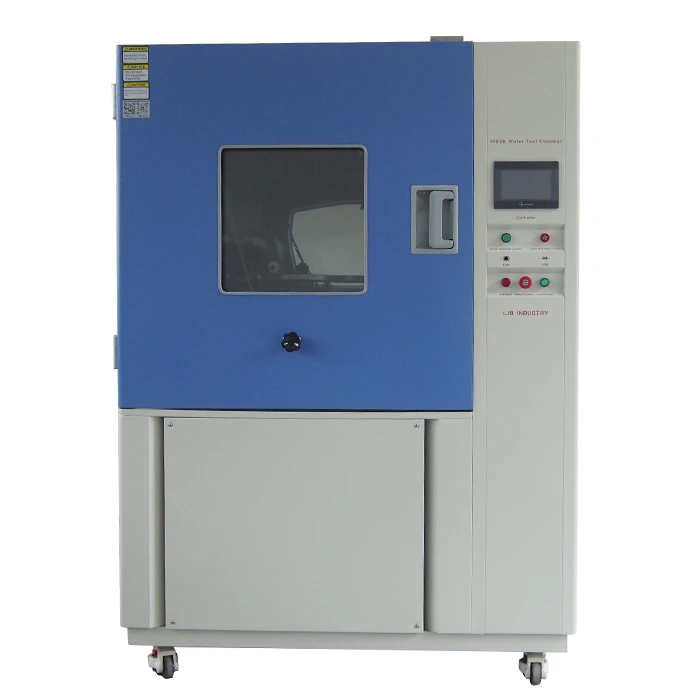
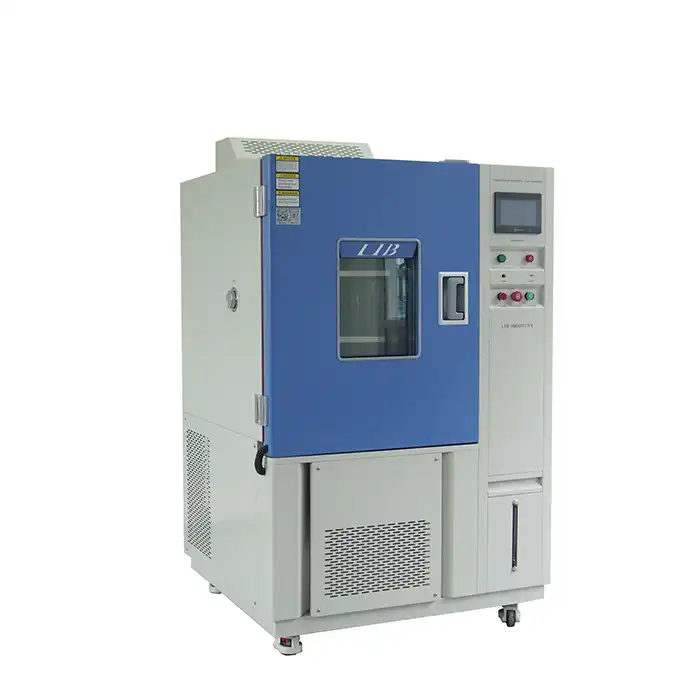
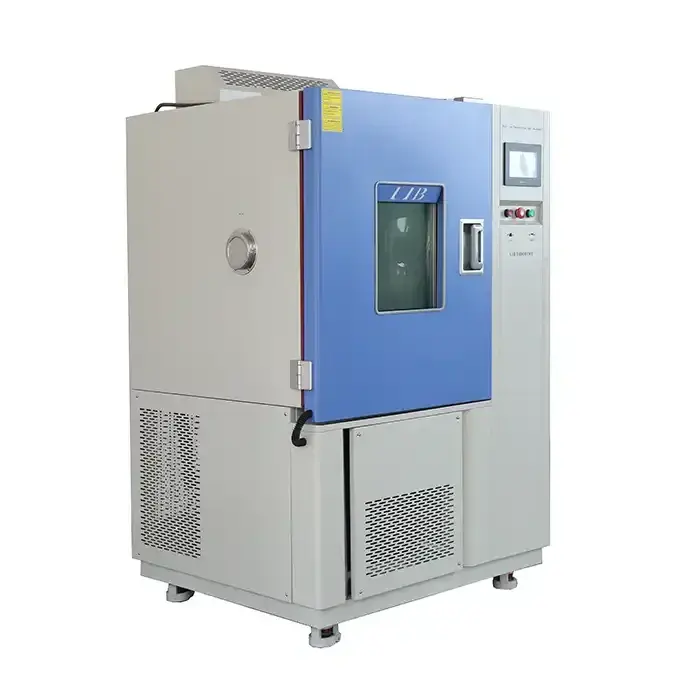
.webq.jpg)
